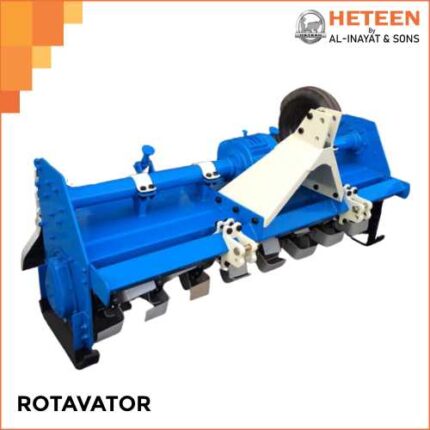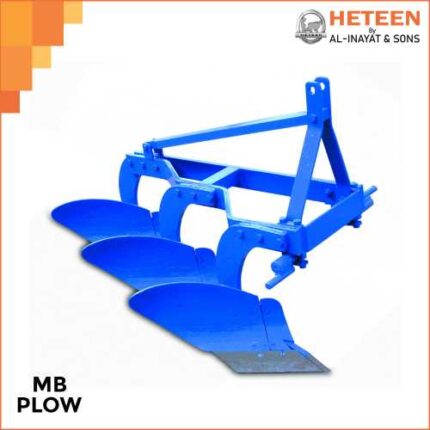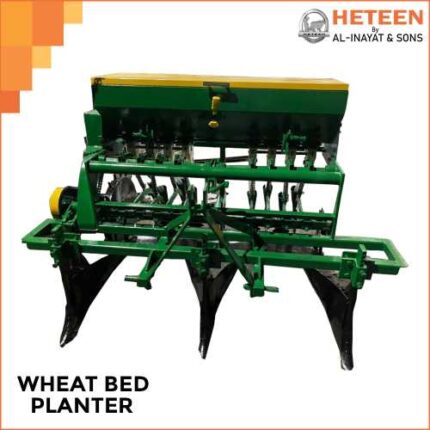This implement use for braking up the ground and up roots weeds.
Specification
| Tine | Weight | Tine Spacing | HP | Working Depth | Working Width |
|---|---|---|---|---|---|
| 09 | 210kg | 229mm | 35 | 230mm | 2361mm |
| 11 | 240kg | 229mm | 50 | 230mm | 2590mm |
| 13 | 270kg | 229mm | 50 | 230mm | 2819mm |
Usage of a Cultivator
- Soil Tillage:
- Breaks up compacted soil and mixes organic matter to improve soil aeration and water infiltration.
- Weed Control:
- Helps in controlling weeds by uprooting and burying them, preventing their growth.
- Seedbed Preparation:
- Creates a fine seedbed for planting seeds and enhances seed-to-soil contact for better germination.
- Soil Mixing:
- Incorporates fertilizers and organic matter into the soil, improving soil fertility.
- Post-Harvest Residue Management:
- Chops and incorporates leftover crop residues (like stubble) into the soil, adding nutrients back to the land.
Working Process
- Attachment:
- The cultivator is usually attached to a tractor using a 3-point linkage system. It may be powered by the tractor’s PTO (Power Take-Off).
- Preparation:
- Clear the field of large rocks, weeds, and debris that could damage the machine or hinder operation.
- Operation:
- The rotating tines or blades of the cultivator dig into the soil, breaking up clumps and mixing it to create an even, loose soil structure.
- Adjust the working depth and speed depending on the soil condition.
- Adjustments:
- Depending on the cultivator model, the depth and width of operation can be adjusted to suit different soil types and conditions.
- Post-Operation:
- Inspect the field for uniformity. You may need to make additional passes to achieve the desired seedbed quality.
























Reviews
There are no reviews yet.